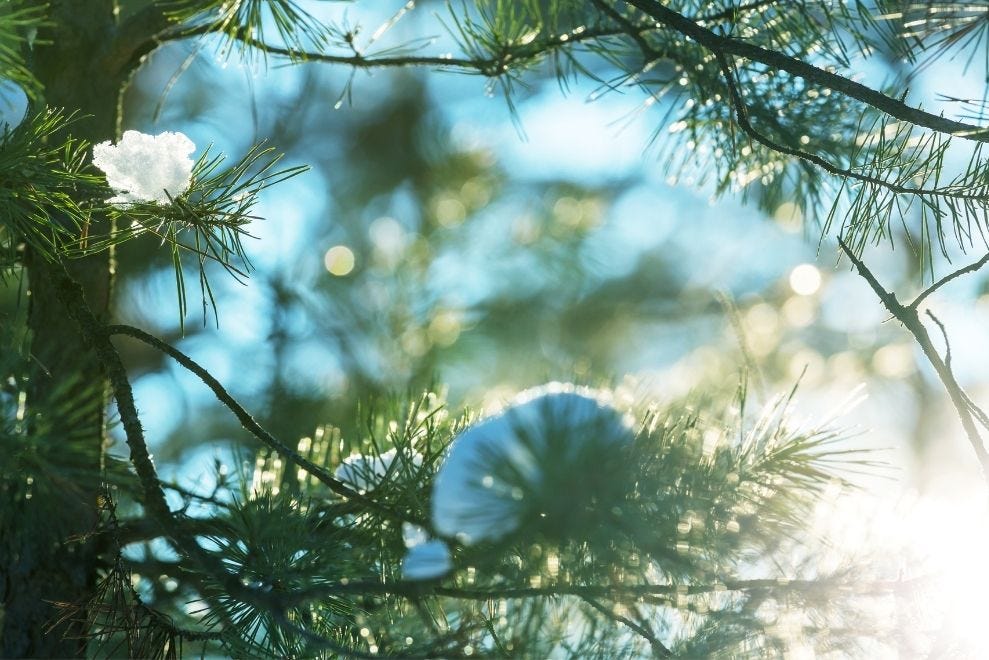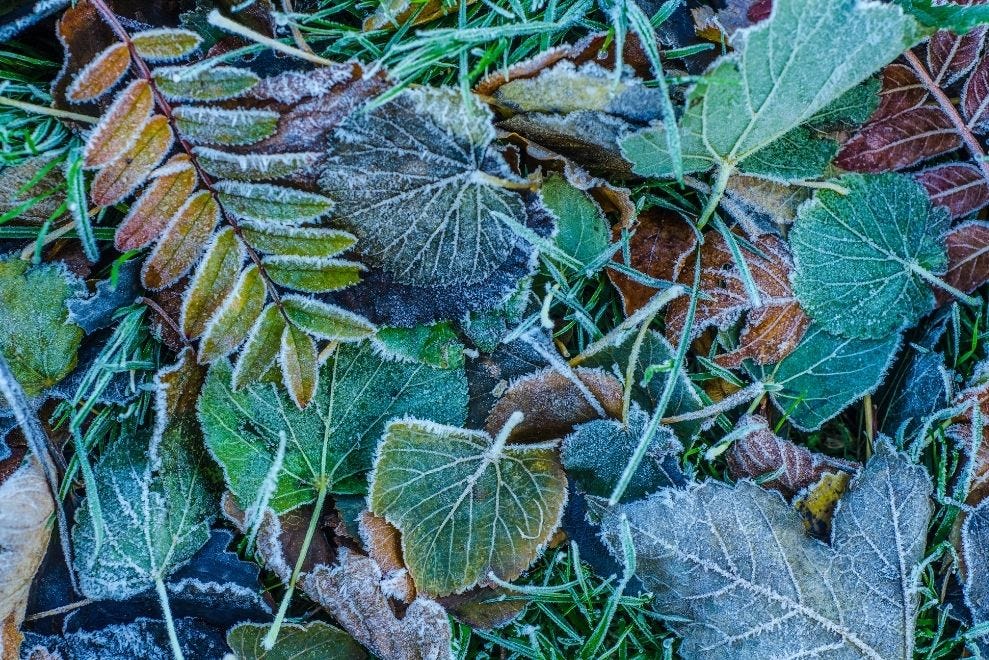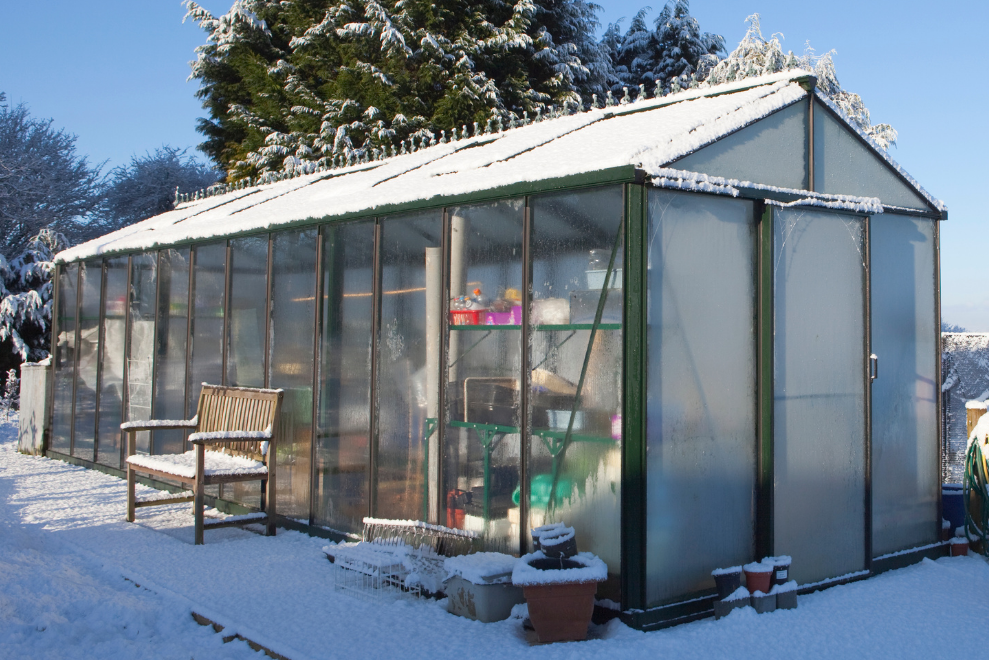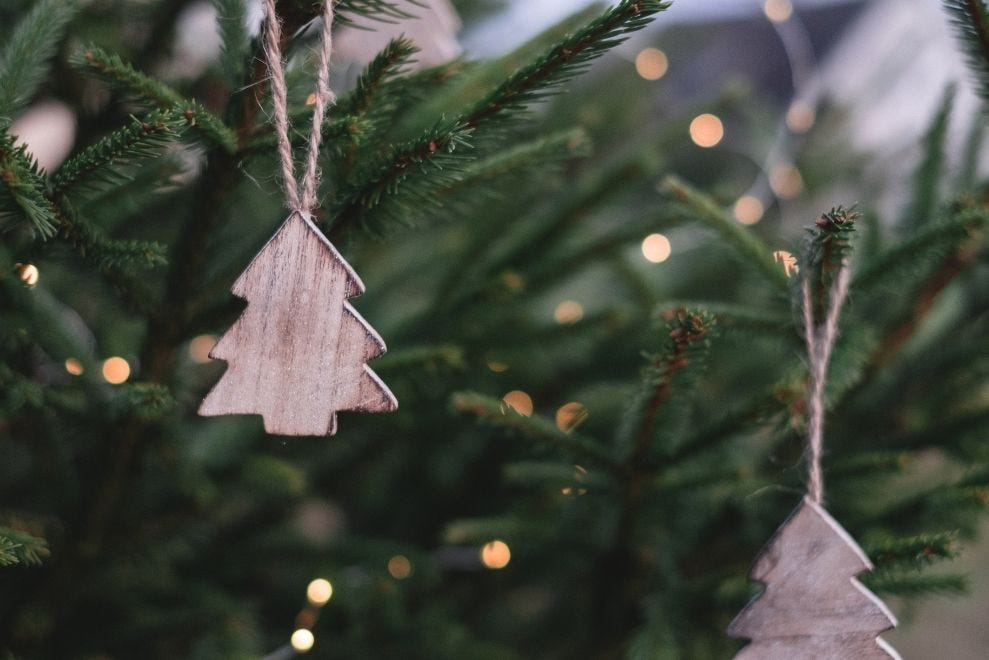
Let’s take a look at what we need to do to bring our gardening year to a close:
Lawns
Should you still be mowing the lawn? In mild weather, as long it’s not too wet or frosty, there’s no reason why you shouldn’t, particularly in the south, but keep those blades high.
Keep lawns clear of leaves. This let’s light in to help the ‘sward’ through the winter and prevents fungal infections and subsequent dead patches in the spring
As winter moves in, avoid walking/working on frosty turf

Flowers
There’s still time to sow Sweet Peas for early flowering next year. Start them on a warm, well-lit windowsill and as the seedlings establish, move them to the greenhouse or cold frame to overwinter. Other flowers you might consider sowing now would include Antirrhinum, Cyclamen and Pelargonium
Now’s the time to cut back foliage and lift and store Dahlias tubers and Gladioli corms in trays in a dry garage or cellar. You can do the same for tubers of those large flowered Begonias you may have had in baskets, baskets or tubs. This will save you money when you re-plant them again next spring!
Shrubs
It’s a good time to prune overgrown shrubs when many plants are dormant. Think about the shape you want to achieve on a plant as well as just controlling growth. Climbing roses too can be pruned, removing any diseased wood and shortening established shoots by two thirds. New shoots can be tied into the growing supports.
You can still be planting containerised or ‘bare-root’ shrubs if you avoid frosty spells
Should you be planting up a new border think about providing food for the garden birds in winter. The winter berries of plants like Cotoneaster and Pyracantha are ideal.
There are a limited number of plants that will flower in winter, but don’t forget how attractive the red, orange and yellow stems of Salix and Cornus can be on dull winter days.

Vegetables
There is still time to sow some vegetables. Mustard, Cress, winter Lettuce and other winter salads are feasible to grow outdoors if they can be covered with plastic or cloches in the harshest weather.
Sow Broad Beans (indoors) and keep them in the greenhouse or conservatory prior to an early spring planting
Harvest Leeks, Onions, Parsnips, Brussel Sprouts and Cabbage as required
It is a good idea to use garden netting to protect plants from birds. An alternative is to use garden fleece which has the added benefit of keeping the plants snug and warm in bad weather.
Remove dead or yellowed leaves from vegetables - to avoid fungal disease
If the weather allows you can prepare your runner bean trench. Dig out a trench some two feet + deep where the plants will grow. Put some old newspapers in the base. These will rot down and hold moisture in the soil. Through the winter you can gradually build up the level in the trench with vegetable scraps from the kitchen, leaf mould and garden compost.
Fruit
Now’s the time to prune ‘top’ fruit such as apples and pears, (‘stone’ fruit such as plums & cherries are pruned during summer).
Also, ‘cane’ fruit such as currants & gooseberries can be cut back while the plants are dormant.
Plant ‘bare-root’ fruit trees and bushes.
Divide mature rhubarb roots in mild weather. If the plant ‘crowns’ are too crowded, the yields will soon deteriorate.
Strawberries – still time to plant in warm soil. Plants are best replaced every 3 years as they will start to suffer from virus disease. Planting on a fresh patch of soil is also recommended.
So, a happy Christmas to all and here’s to a happy, healthy gardening year in 2022!


